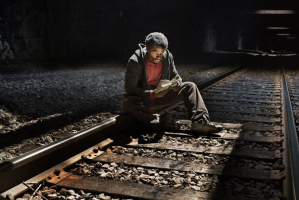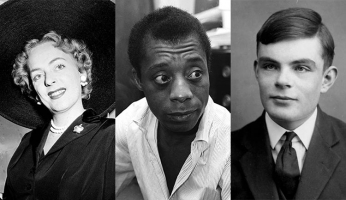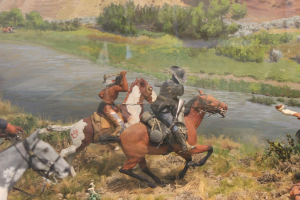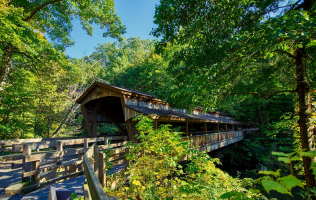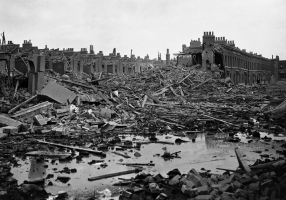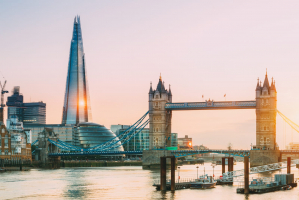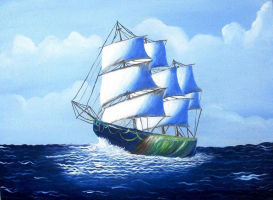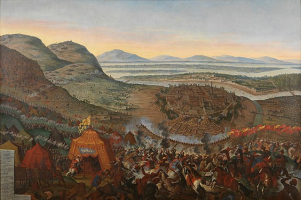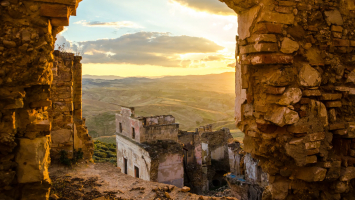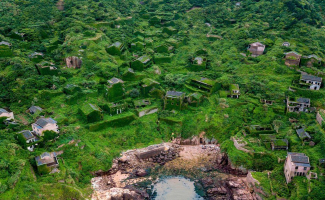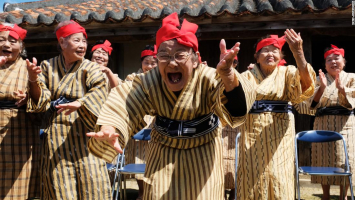Top 10 Secret Societies That Shaped Our World
Few people are aware of the contributions made by various secret societies to shaping the world we live in today. A secret society is a club or organization ... read more...that conceals its activities, events, inner workings, or membership. They are covert groups, such as intelligence agencies or guerrilla warfare insurgencies, that conceal their activities and memberships but maintain a public presence. Here are the 10 secret societies that shaped our world that you should know.
-
The Union of Salvation, founded in 1816 and renamed the Group of True and Loyal Sons of the Fatherland in 1817, was the Decembrists' first secret political society. Boyars, men, and brothers were the three ranks of the Union of Salvation. It was structured as a highly conspiratorial organization, with severe discipline and unconditional submission of lower members to higher ranks. Only the top echelons of society were aware of the society's ultimate goals. Admission of new members and progression from a lower rank to a higher rank was only permitted with the agreement of the boyar group's supreme council and took place through an intricate system of rites and vows adopted from Masonry.
There were both radical and moderate inclinations within the Union of Salvation. Disputes erupted about the society's techniques as well as its tight and convoluted structure. Disagreements erupted in the autumn of 1817 in Moscow, where the union's leaders had been relocated along with their battalions. A number of regicide projects were proposed by UoS members, but they were rejected owing to a lack of money and society's general lack of preparedness for decisive action. In light of this, the majority of members voted to dissolve the UoS and form a new organization with more members and greater competence. The Military Society was established as an interim nucleus, and the Union of Welfare was established in early 1818.
Founded: February 1816Dissolved: 1818
Purpose: Abolition of serfdom and Introduction of constitutional monarchy
Location: Russia
Founder: Alexander Nikolayevich Muravyov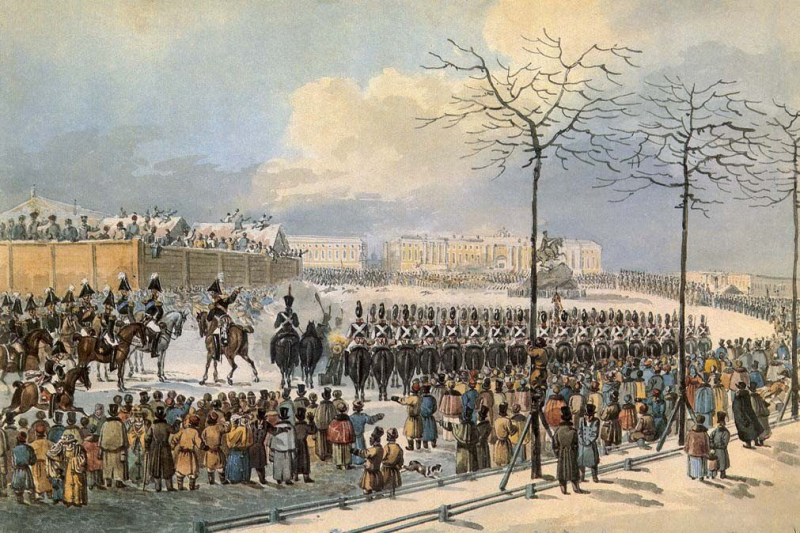
en.wikipedia.org 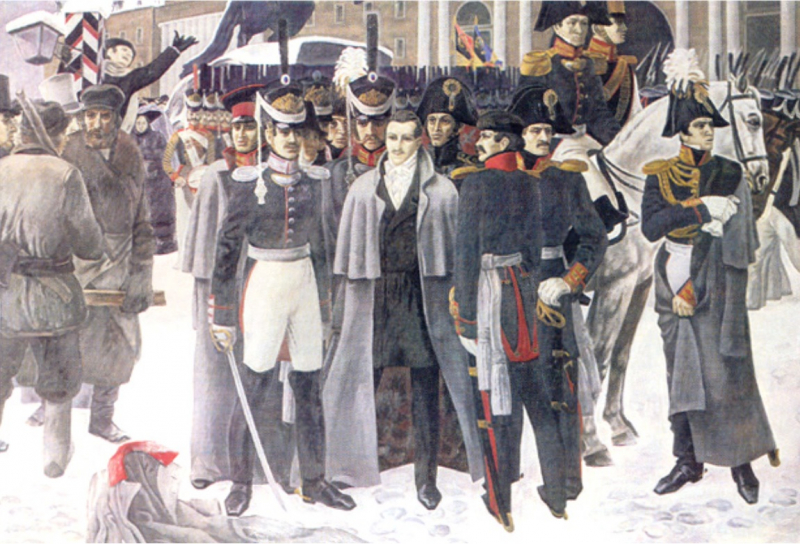
legendaryhistoryca.wordpress.com -
One of the secret societies that shaped our world that we want to introduce to you is the Black Hand. The Black Hand, also known as Unification or Death, was a secret military organization founded in 1901 by officers in the Army of the Kingdom of Serbia. It earned notoriety for its claimed role in the assassination of Archduke Franz Ferdinand at Sarajevo in 1914, as well as the earlier assassination of the Serbian royal couple in 1903, under the command of Captain Dragutin Dimitrijević.
It conducted propaganda operations from Belgrade, created armed bands in Macedonia (before the Balkan Wars, 1912-13), and established a network of revolutionary cells throughout Bosnia. The society was founded to unite those territories with a South Slavic majority that was not controlled by either Serbia or Montenegro at the time. It was inspired mostly by Italy's unification in 1859-1870, but also by Germany's unification in 1871. Within Serbia, it commanded the army and exercised enormous power over the government by frightening officials; it was so powerful that it challenged the government's authority. To destroy that rival, Prince Alexander, commander-in-chief of the expatriate Serbian army, brought the leaders of the Black Hand to trial in Salonika in 1917 on spurious allegations. Dimitrijević and two others were executed, while almost 200 others were imprisoned.
Founded: August 1901
Purpose: Liberation of Austro-Hungarian South Slavs; Unification of ethnic Serb territories
Location: Balkans
Founder: Dragutin Dimitrijević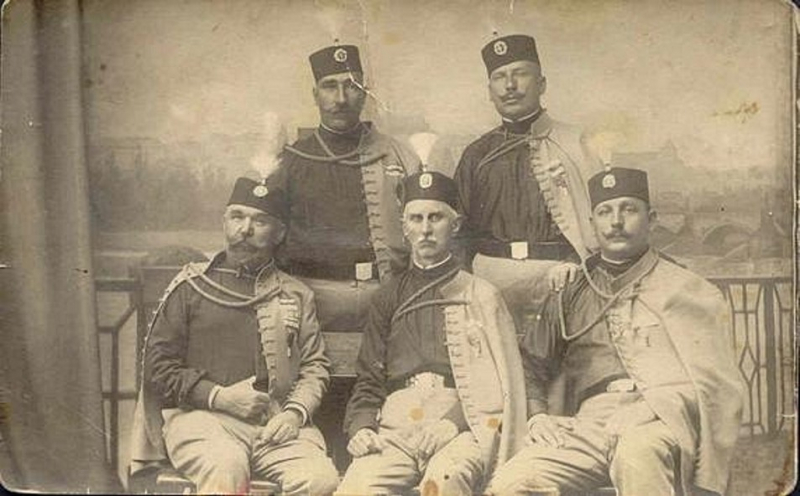
Members of the Black Hand -en.wikipedia.org 
Dragutin Dimitrijević -en.wikipedia.org -
Between 1858 and 1924, the Irish Republican Brotherhood was a secret oath-bound fraternal society dedicated to the formation of an "independent democratic republic" in Ireland. Its American counterpart was first the Fenian Brotherhood, but from the 1870s it was Clan na Gael. Both wings of the movement are commonly referred to as "Fenians." As a successor to organizations such as the United Irishmen of the 1790s and the Young Irelanders of the 1840s, the IRB played a significant role in Irish history as the principal champion of republicanism during the campaign for Ireland's independence from the United Kingdom.
In the 1850s and 1860s, the Irish Republican Brotherhood was known as the Fenian movement and was devoted to using force to achieve an independent Irish republic. After planning an aborted rising in March 1867, it faced major internal differences in both the United States and Ireland over its leadership and strategy, whether it was best to strike at England, Ireland, or Canada. After a succession of failed operations in Canada in 1866, 1867, and 1871, as well as bombings in England that did not bring Ireland closer to independence, the matter was resolved.
As part of the 1870s-80s New Departure, IRB members strove to democratize the Home Rule League and its successor, the Irish Parliamentary Party, while also participating in the Land War. In 1916, the IRB conducted the Easter Rising, which resulted in the foundation of the first Dáil Éireann in 1919. The suppression of Dáil Éireann triggered the Irish War of Independence and the signing of the Anglo-Irish Treaty in 1921, which eventually led to the foundation of the Irish Free State, which excluded Northern Ireland's territory.
Founded: 17 March 1858
Dissolved: 1924
Purpose: Formation of an independent democratic republic
Location: Ireland
Founders: James Stephens, John O'Mahony, Thomas Clarke Luby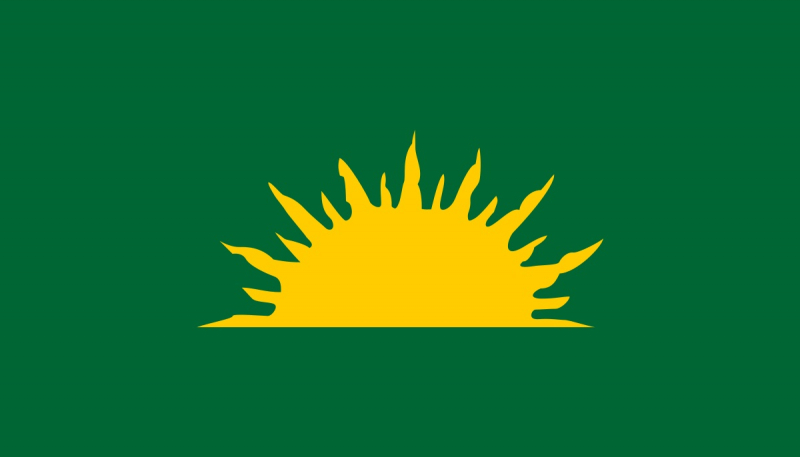
Flag -en.wikipedia.org 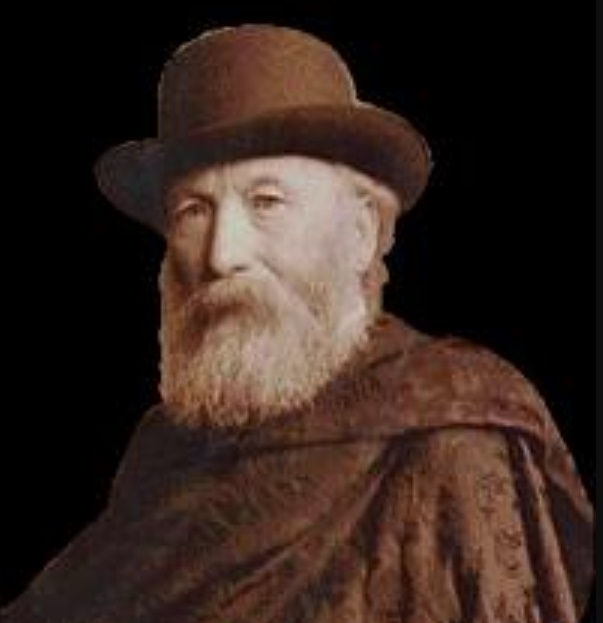
James Stephens -historyireland.com -
The Katipunan (English: Supreme and Honorable Association of the Children of the Nation) was one of the secret societies that shaped our world. It is the Philippine revolutionary society created in Manila in 1892 by anti-Spanish colonialist Filipinos; its primary purpose was to achieve independence from Spain through a revolution. The Katipunan was a secret organization until it was founded in 1896 by Filipino nationalists Deodato Arellano, Andrés Bonifacio, Valentin Diaz, Ladislao Diwa, José Dizon, and Teodoro Plata.
As a secret organization, the Katipunan required its members to maintain strict secrecy and abide by society's rules. In order to become a member of society, aspirant applicants were subjected to standard initiation ceremonies. Membership in the Katipunan was formerly restricted to male Filipinos; however, women were subsequently admitted to the association. Kalayaan (Freedom), the Katipunan's own journal, saw its first and final printing in March 1896. Within the society, revolutionary principles and works flourished, and Filipino literature was developed by some of its renowned members.
The Katipunan revolution resulted in the formation of the First Philippine Republic. The Philippine Republic, often known as the First Philippine Republic or the Malolos Republic, was a brief period of Philippine revolutionary governance.
Founded: July 7, 1892
Dissolved: March 22, 1897
Location: Philippine
Purpose: Independence of the Philippines, Establishment of a republic
Founders: Deodato Arellano, Andrés Bonifacio, Valentín Díaz, Ladislao Diwa, José Dizon and Teodoro Plata
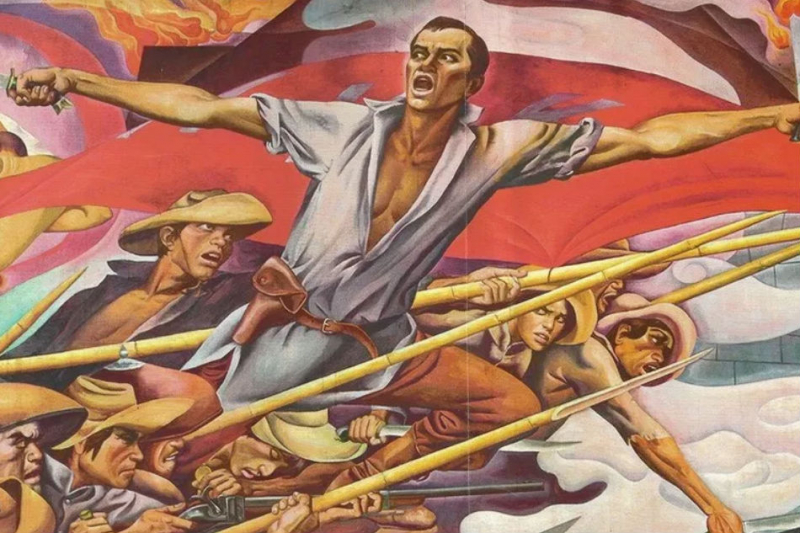
goodnewspilipinas.com 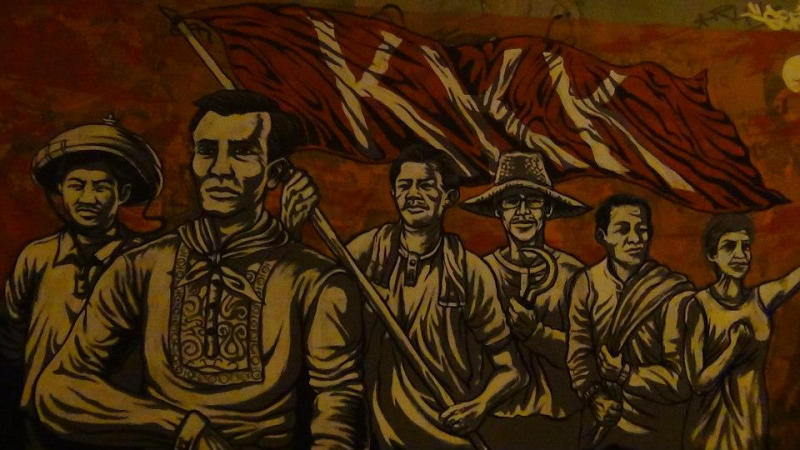
kahimyang.com -
The Filiki Eteria, or the Society of Friends, was a secret organization created in Odessa in 1814 with the goal of overthrowing Ottoman rule in Greece and establishing an independent Greek state.
Their stated goal was to build the groundwork for a well-coordinated, armed revolt against the Turks. Beyond the liberation of the homeland, the three founders, Emmanuil Xanthos, Nikolaos Skouphas, and Athanasios Tsakalov, had no vision of the shape of the independent Greece they aspired. Initially, the society's endeavor to recruit members throughout the Greek world met with little success, but from 1818 onward, it made significant progress, discovering an important source of recruits in expatriate communities.Members of the society included young Phanariot Greeks from Constantinople and the Russian Empire, local political and military leaders from the Greek mainland and islands, and several Orthodox Christian leaders from other Hellenic-influenced nations, including Karađorđe from Serbia, Tudor Vladimirescu from Romania, and Arvanite military commanders. Prince Alexander Ypsilantis, a famous Phanariote, was one of its leaders. In the spring of 1821, the Society declared the Greek War of Independence.
Founded: 14 September 1814
Location: Odessa, Russian EmpirePurpose: Preparation for the Greek War of Independence
Founder: Emmanuil Xanthos, Nikolaos Skoufas, Athanasios Tsakalov
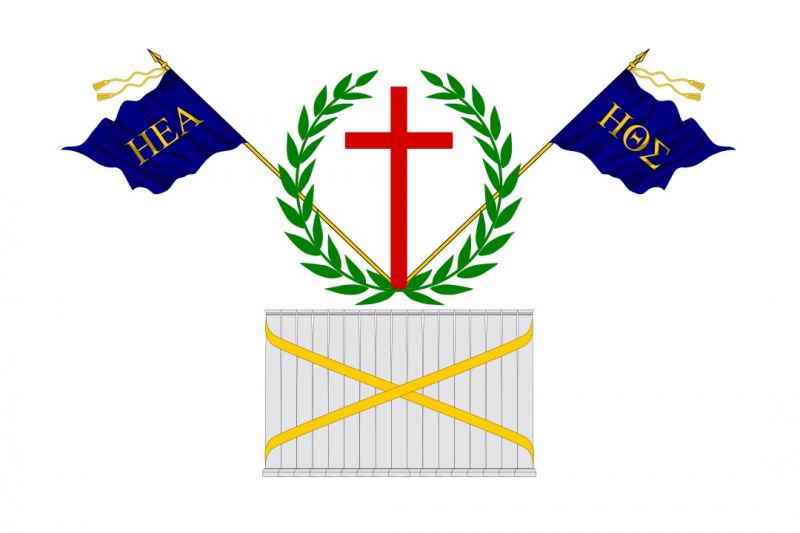
The flag of the Filiki Eteria -en.wikipedia.org 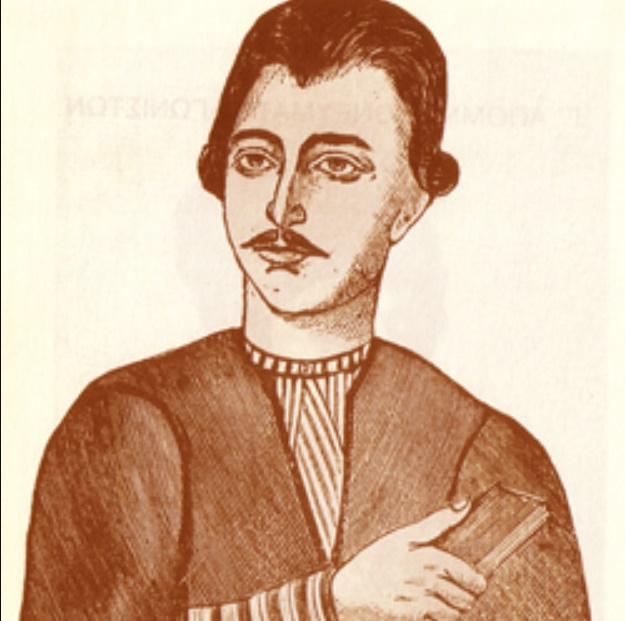
Emmanuil Xanthos -en.wikipedia.org -
The Annexation Club's Committee of Safety, formally the Citizen's Committee of Public Safety, was a 13-member group. The group was formed of largely Hawaiian subjects of American heritage and American citizens who were members of the Missionary Party, as well as some foreign residents in the Kingdom of Hawaiʻi. On January 17, 1893, the organization plotted and carried out the overthrow of the Kingdom of Hawaii. The purpose of this group was for the United States to acquire Hawaii. The administration of President Grover Cleveland foiled the independent Republic of Hawaii government in this ambition, and it was not until 1898 that the United States Congress approved a joint resolution of annexation forming the U.S. Territory of Hawaii.
Every government with a diplomatic presence in Hawaii, including the United States, recognized the Provisional Government within 48 hours of the overthrow, albeit the United States government's recognition and subsequent response is recounted in the section above on American Response. Chile, Austria-Hungary, Mexico, Russia, the Netherlands, Germany, Sweden, Spain, Japan, Italy, Portugal, the United Kingdom, Denmark, Belgium, China, Peru, and France all recognized the new Provisional Government. When the Republic of Hawaii was formed on July 4, 1894, every nation with diplomatic relations with Hawaii immediately recognized it, with the exception of Britain, which responded in November.
Founded: 1887
Dissolved: 1893Location: Oʻahu, Hawaii
Purpose: Overthrow of the government of Hawaii, annexation by the United States
Founder: Annexation Club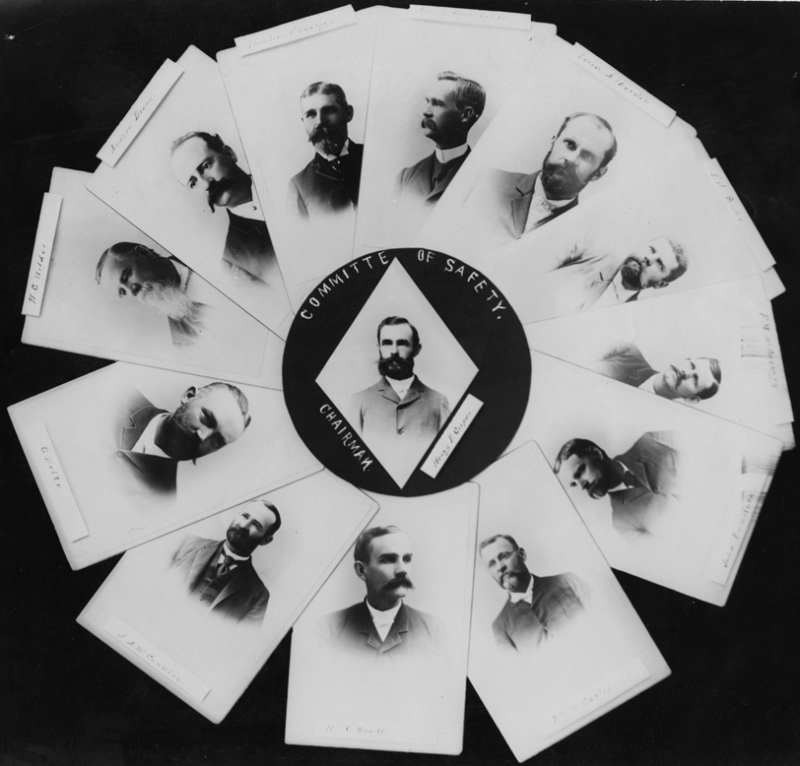
en.wikipedia.org 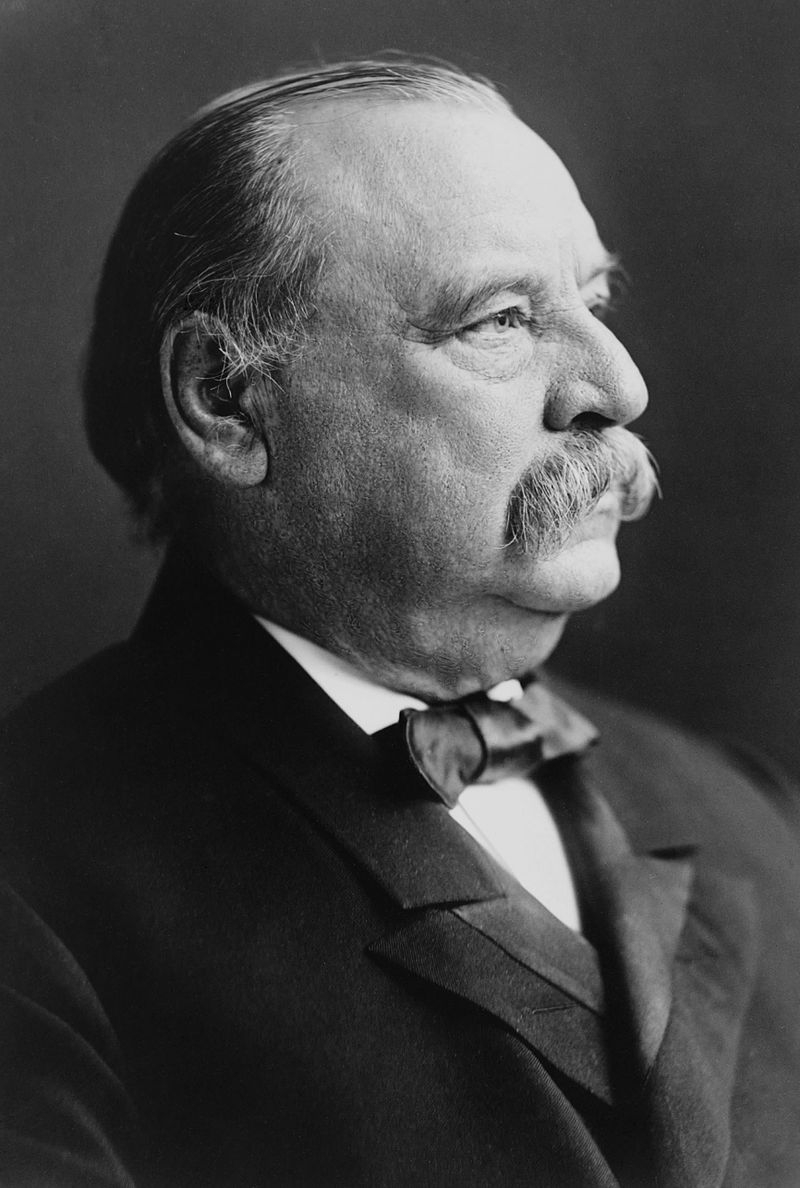
Grover Cleveland -en.wikipedia.org -
La Trinitaria was a secret organization created in Juan Pablo Duarte's mansion on what is now known as Arzobispo Nouel Street, across from the "Del Carmen's Church" in the then-occupied Santo Domingo, the Dominican Republic's present capital. In the nineteenth century, the founder, Juan Pablo Duarte, and a group of like-minded young people led the effort to establish the Dominican Republic as a free, sovereign, and independent nation. Their mission was to defend their newly liberated country against any foreign invasion. They contributed to the conclusion of the Haitian occupation of Santo Domingo, which lasted from 1822 until 1844.
La Trinitaria's manifesto in support of independence was published on January 16, 1844, and the movement for independence gained the required momentum. Following La Trinitaria's work, and after many conflicts and much bloodshed, the Dominican Republic was created on February 27, 1844, with a declaration at the Puerta del Conde asserting independence from Haiti.
La Trinitaria was also involved in the early creation of the new republic. Nonetheless, the society's doctrine, which was in tune with Duarte's, was largely ignored as Pedro Santana violently assumed control of the newly established nation and deported Duarte. As a result, Santana authorized Spain's recolonization of the country, making it the first former colony in the Americas to do so.
Founded: 1822
Dissolved: 1844
Location: the Dominican Republic
Purpose: Establishment of the Dominican RepublicFounder: Juan Pablo Duarte
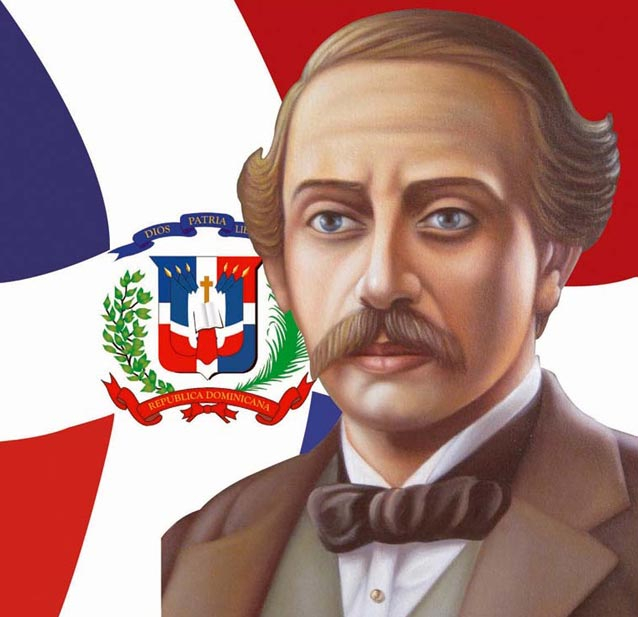
repeatingislands.com 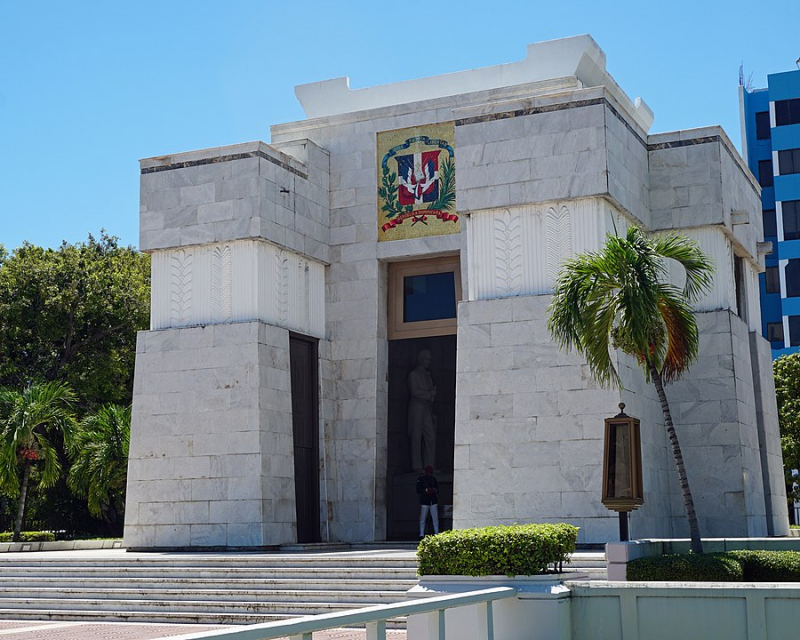
Altar de la Patria -en.wikipedia.org -
The Carbonari (1800-1831) was an informal network of secret revolutionary societies active in Italy. Other revolutionary parties in France, Portugal, Spain, Brazil, Uruguay, and Russia may have been influenced by the Italian Carbonari. Although their objectives were frequently patriotic and liberal, they lacked a distinct immediate political agenda. They served as a focal point for those dissatisfied with the restrictive political system in Italy after 1815, particularly in the south of the Italian Peninsula. Members of the Carbonari and others influenced by them were involved in key events in the process of Italian unification (known as the Risorgimento), particularly the failed Revolution of 1820, and in the future growth of Italian nationalism. The main goal was to overthrow tyranny and establish a constitutional government. Other organizations, such as the Adelfia and the Filadelfia, were allied organizations in northern Italy.
The Carbonari, like other secret societies of the time, featured an initiation rite, complicated symbols, and a hierarchical organization. They led the victorious Neapolitan revolution of 1820 with the support of the troops, forcing King Ferdinand I to pledge a constitution. This was their most stunning achievement, but it was quickly undone by Austrian involvement. In 1831, revolts in Bologna, Parma, and Modena were largely unsuccessful. The Carbonari's prominence began to fade the same year that Giuseppe Mazzini launched a new movement, Young Italy, with an avowedly national and republican purpose.Founded: 1800
Dissolved: 1831Location: Italy
Purpose: Italian unification
Founder: Gabriele Pasquale Giuseppe Rossetti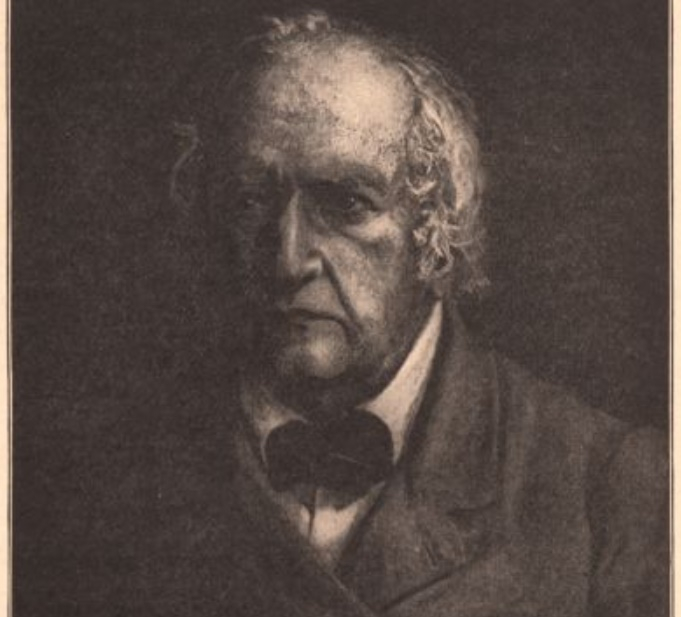
Gabriele Pasquale Giuseppe Rossetti -en.wikipedia.org 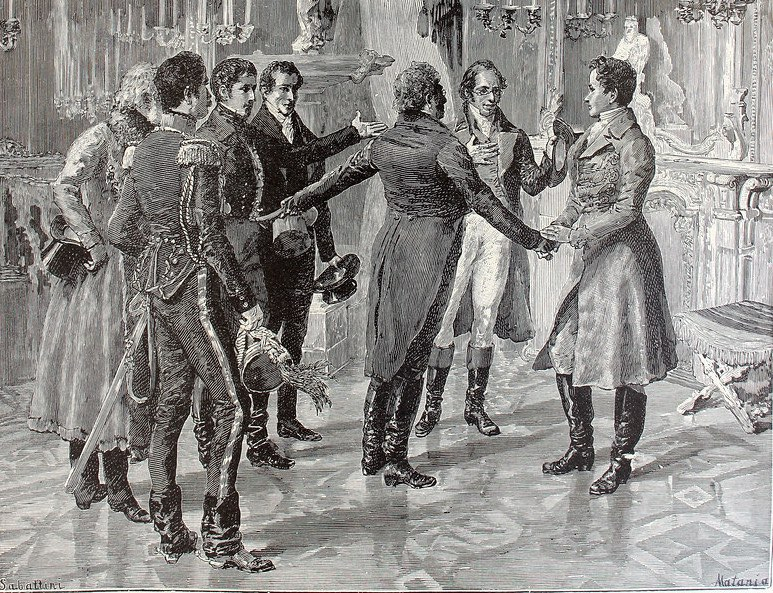
munuc.org -
The Afrikaner Broederbond, one of the secret societies that shaped our world, was a male secret society in South Africa dedicated to the promotion of the Afrikaner people. It was created in 1918 as Jong Zuid Afrika (Dutch: Young South Africa) by H. J. Klopper, H. W. van der Merwe, D. H. C. du Plessis, and the Rev. Jozua Naudé and was renamed the Broederbond in 1920.
The organization was founded in 1918 to offset the humiliating loss of the Afrikaners by the British during the South African War (1899–1902). Afrikaner males aspired to foster Afrikaner culture and customs through the Broederbond in the face of ill-treatment by British South Africans and second-class citizenship. The Broederbond's secret network became a tool of influence, and the organization was regarded as a major force behind the Afrikaner National Party's ascension to national supremacy in 1948. Several South African prime ministers were members, notably Daniel F. Malan and Hendrik F. Verwoerd.
Its significance in South African political and social life peaked with the white supremacist National Party's leadership from 1948 to 1994 and its apartheid policy, which was mostly devised and implemented by Broederbond members. Many significant Afrikaner political, cultural, and religious personalities, including every South African government leader, were members of the Afrikaner Broederbond between 1948 and 1994.
In 1994, the organization changed its name to Afrikanerbond ("Afrikaner League") and began the process of becoming a transparent organization open to any Afrikaans-speaking South African over the age of 18, regardless of race, gender, or religion. The Afrikanerbond established a new constitution in 2006, designating the organization as the principal of and for Afrikaans-speaking people in South Africa, but with the stated goal of collaborating with other groups and the government to enhance life in South Africa for all citizens.
Founded: 1918
Location: South Africa
Purpose: the advancement of the Afrikaner peopleFounder: H. J. Klopper, H. W. van der Merwe, D. H. C. du Plessis, and the Rev. Jozua Naudé
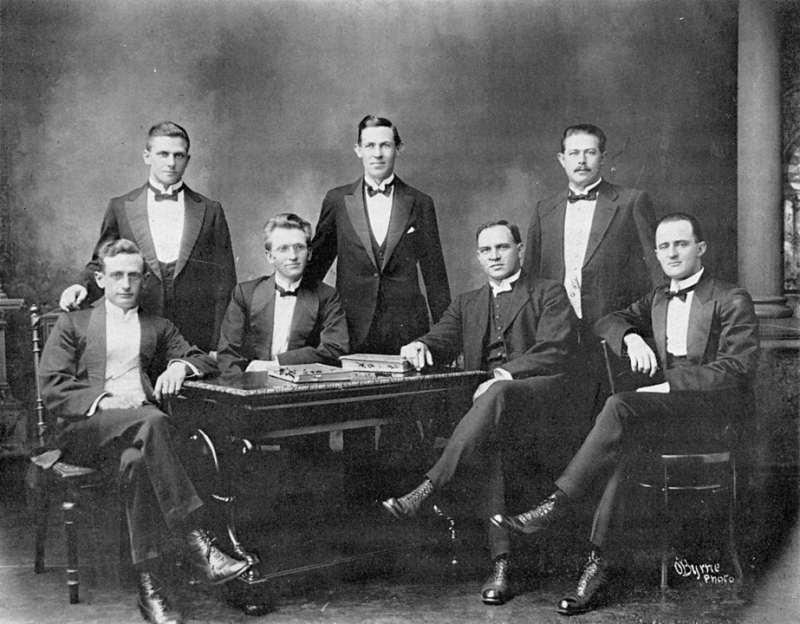
Afrikaner Broederbond leadership in 1918 -en.wikipedia.org 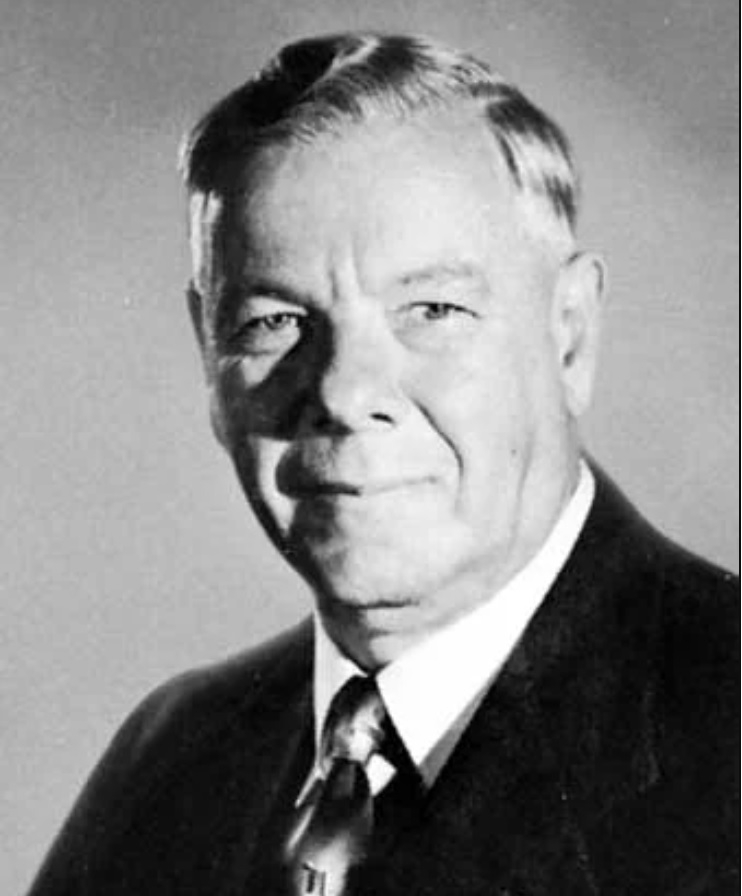
Verwoerd, Hendrik F. -britannica.com -
The Germanenorden was created in Berlin in 1912 by Theodor Fritsch and many renowned German occultists, notably Philipp Stauff, a member of the Guido von List Society and the High Armanen Order, and Hermann Pohl, the Germanenorden's first head. The order was a covert movement that aspired to become a tiny but loyal group, and it was a sister movement to the more open and mainstream Reichshammerbund.
During World War I, the Germanenorden was split in two. Eberhard von Brockhusen rose to the position of Grand Master of the "loyalist" Germanenorden. In the same year, he was joined by Rudolf von Sebottendorff (previously Rudolf Glauer), a wealthy adventurer with broad occult and mystical interests. Sebottendorff, a Freemason who practiced Sufism and astrology, admired Guido von List and Lanz von Liebenfels. He was drawn to Pohl's runic knowledge and became the Master of the Walvater's Bavarian region late in 1917, convinced that the Islamic and Germanic mystical systems shared a similar Aryan source. Sebottendorff, charged with recovering the province's fortunes, grew membership from around a hundred in 1917 to 1,500 by the autumn of the following year.
The Germanenorden had a Freemasonry-based hierarchical fraternal structure. The structure was chosen because it was assumed that Jews were secretly organizing and that it would be preferable to oppose their influence on German public life by utilizing the same manner. The principal objective was to monitor Jewish activity and to serve as a repository for anti-Semitic literature. Secondary priorities included commercial aid among members and the distribution of völkisch publications, particularly Fritsch's Hammer.
Founded: 1912
Location: Germany
Purpose: monitoring Jews and spreading antisemitic material
Founder: Theodor Fritsch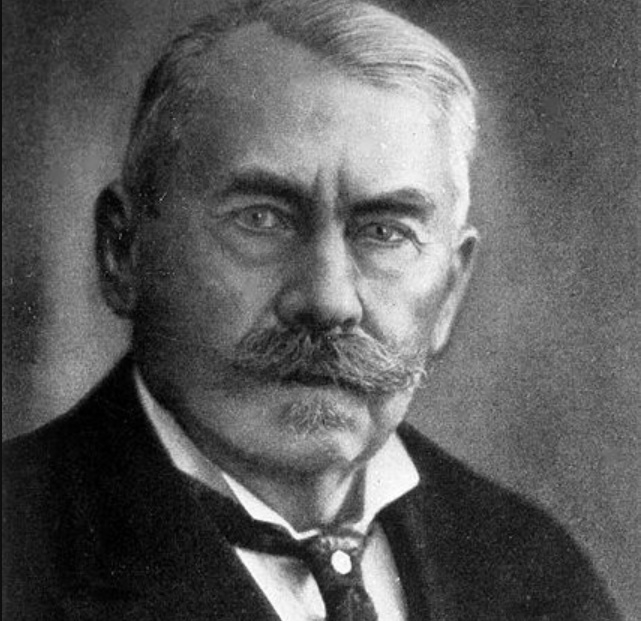
Theodor Fritsch -historisches-lexikon-bayerns.de 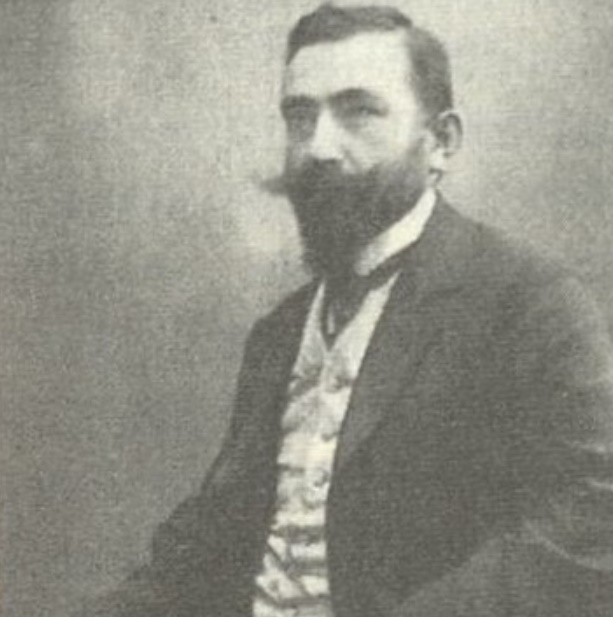
Philipp Stauff -de.wikipedia.org












